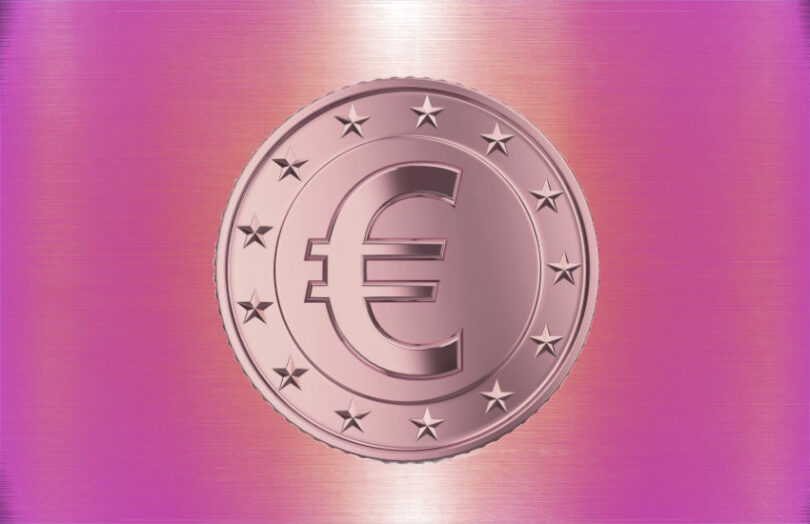Today the Governing Council of the European Central Bank (ECB) announced it was progressing the digital euro to a two-year preparation phase starting November 1. The central bank emphasized that this is not a decision to launch the central bank digital currency (CBDC).
After the two year phase the central bank could extend the period. A decision to launch will also rest with the ECB Governing Council, which is very likely to vote to proceed.
However, that’s provided supporting legislation is passed following the recently published EU first draft. It remains to be seen how straightforward that will be. Initial parliamentary debates indicated a mixture of stances with vocal opposition from some Eastern European states and right-of-center political parties.
Key steps in the preparation phase include finalizing a participant rulebook, choosing suppliers to develop the system, and continued experimentation.
“We need to prepare our currency for the future,” said Christine Lagarde, President of the ECB. “We envisage a digital euro as a digital form of cash that can be used for all digital payments, free of charge, and that meets the highest privacy standards. It would coexist alongside physical cash, which will always be available, leaving no one behind.”
A key point mentioned in the announcement was privacy. The digital euro design aims to ensure that central banks won’t be able to see the personal data of users. It doesn’t mention that this is subject to anti-money laundering compliance. It promises that an offline CBDC will achieve a “cash-like level of privacy.”
Meanwhile, the central bank published a report outlining the status so far.






